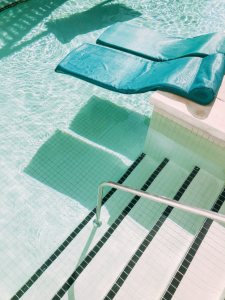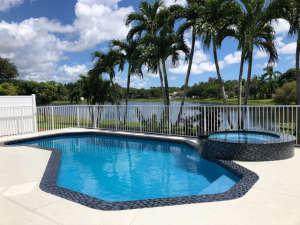
Essential Temporary Fencing for Pool Construction Sites
Creating a pool oasis is exciting, yet safety matters during construction. Temporary fencing ensures worker safety, prevents accidents, and meets regulations. Discover essential fencing insights for a secure pool build.




